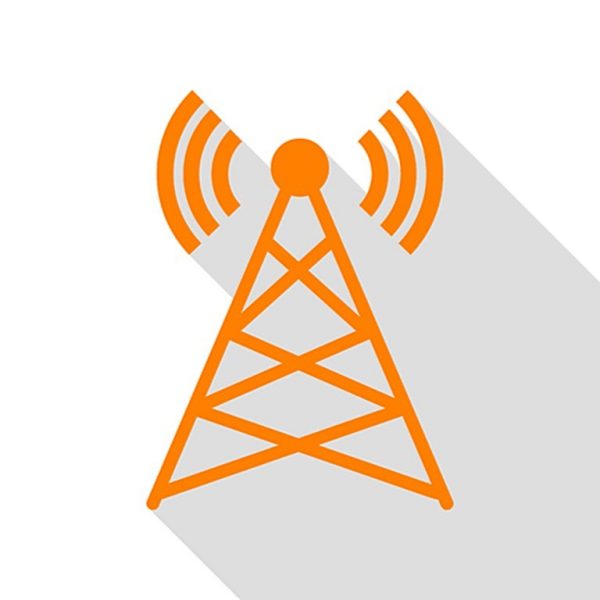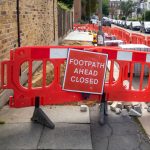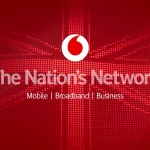Ofcom Plan 800MHz Band Boost to Aid UK 4G Mobile Coverage

The UK telecoms and media regulator, Ofcom, has today proposed to increase the permitted power output for the equipment mobile operators use in the 800MHz band, which is currently used to deliver 4G based data (mobile broadband) and call services. In theory, this could deliver a small improvement in network coverage.
The change, which will also see power limits for licences being measured per antenna rather than per each individual piece of radio equipment, effectively brings the spectrum into line with the technical conditions that have already been applied to Ofcom’s recently auctioned 700MHz band for 5G services.
Both of the 700MHz and 800MHz bands are at the lower frequency end of mobile-friendly spectrum, which means that such signals are ideal for delivering wide geographic coverage (e.g. rural areas) – often at a lower cost – as they travel further and penetrate better into buildings. But you get less spectrum frequency to play around with at this end, which means slower data speeds (bonding several bands via Carrier Aggregation can help this).
Advertisement
Ofcom states that the new proposal for the 800MHz band followed a request from Three UK and EE (BT), which both sought to increase the permitted in-block transmit power from 61 dBm/(5 MHz) EIRP to 64 dBm/(5 MHz) EIRP. “They requested the variation in order to increase their network capacity, facilitate the rollout of new antenna designs, and improve geographic and in-building coverage capabilities of their networks,” said the regulator.
The update also includes measures to ensure operators avoid interference with other nearby spectrum users, such as the airwaves used for Digital Terrestrial Television.
Ofcom Statement
Now that we have awarded the adjacent 700MHz band for mobile use, we think there are changes we could make to our Spectrum Access 800 MHz licences which would enable mobile network operators to improve their network coverage and increase capacity. We are therefore proposing to:
Align the in-block transmit power limit with the recently awarded 700 MHz band. Our proposal is to increase the permitted base station transmit power from 61 dBm/(5 MHz) EIRP to 64 dBm/(5 MHz) EIRP. We are also proposing to change the way in which the power limit is referenced moving from per radio equipment to per antenna. As part of this change femtocells must implement power controls to minimise interference to adjacent channels. The use of these higher powers would be subject to the operator having in place a mitigation scheme to protect Digital Terrestrial Television (DTT) viewers should interference arise;
To help facilitate equipment manufacturers make equipment that is capable to use both the 700 MHz and 800 MHz bands we are proposing to amend some out-of-band and out-of-block limits. This is to closer align the limits with the conditions set out in the Spectrum Access 700 MHz licences and with the European Conference of Postal and Telecommunications Administrations (CEPT) mask for the 800 MHz band.
The proposed change will no doubt also help to support the new £1bn Shared Rural Network (SRN) project, which primarily aims to help extend geographic 4G coverage to 95% of the UK by the end of 2025 (progress report), although its measures may also help the 5G rollout too.
We should add that all such licensees are required to show compliance with the internationally recognised guidelines on electromagnetic fields (EMF) for the protection of the general public. These guidelines are set by the International Commission for Non-Ionising Radiation Protection (ICNIRP) and ensure that these “sites are operated in a way that does not adversely affect people’s health.” Ofcom’s expect that, even if these operators use the increased power, the emission limits will remain well within the guidelines that they have set.
Advertisement
Mark is a professional technology writer, IT consultant and computer engineer from Dorset (England), he also founded ISPreview in 1999 and enjoys analysing the latest telecoms and broadband developments. Find me on X (Twitter), Mastodon, Facebook, BlueSky, Threads.net and Linkedin.
« Virgin Media O2 See UK Internet Traffic Dip for Euro 2020 Final






















































So would this mean wider coverage inside buildings or is this just to improve CA?
Boosting signal power aids coverage and penetration (ahem) rather than the data carrying capacity of the signal.
Is a range limit caused by the transmitter power output or the user device power output ?
Mast antennae can cope with much weaker signals than can a phone’s so boosting the mast power output will (within limits) improve range quite considerably.
Any steps to improve coverage from a single mast is welcomed.
800mhz can go quite a distance but with the SRN project this will help even more.
The higher bands had a max power increase some years ago, around 1800mhz, 2100mhz bands.
[The newer 3400 – 3800mhz for 5G [that’s 3.4ghz – 3.8ghz] can go almost the same distance as 2100mhz also.]
More for the Nimbys and objectors to whine about. Thicker tin foil hats for my area then, something to whine about while they drink unpasteurised milk and do Alpaca yoga.
With modern building materials, a 3dB increase could help with both penetration and could help speeds too (height field strength, less error correction needed as part of the signal).
Whether operators are already routinely using 1.2kW from their sites is something a radio planner would need to answer… let alone 2.4/2.5kW in future!
The other issue is that the EE rural 4G back haul sucks balls, so I get speeds of 2Mbit download speed to 20Mbit depending on the time of day – mostly around the 2Mbit.
You might wish to correct the article about quantifying the change – This is not a small increase – RF transmit power measured in decibels per milliwatt is a log10 scale, 61 to 64 is a 3dBm increase which is double the power.
61dBm = 1.25kW
64dBm = 2.5kW
Disclaimer: this doesn’t mean double the coverage, with the same noise level and phone antennas it will likely provide a small but nice boost and might be the nail in the coffin for 3G shutdown.